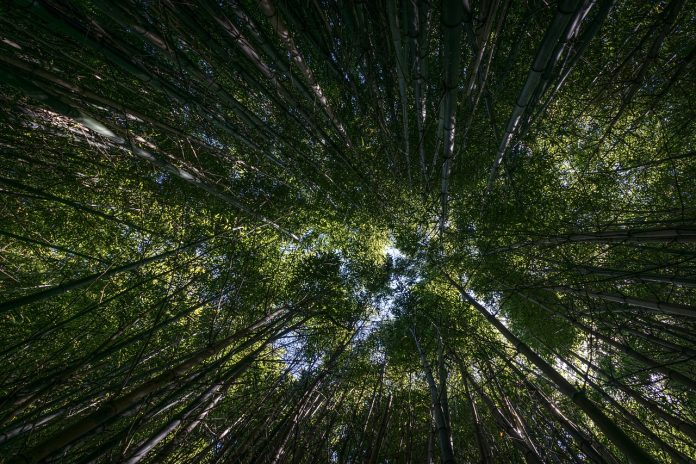In Ohio, the forest products industry has an annual economic impact of $29 billion. A big driving factor in that is the high-grade furniture industry in which Ohio is one of the largest producers in the country.
You may be asking yourself where does all of that timber come from? The answer is from landowners like yourself. There are approximately 8 million acres of forestland in the state which is around 30% of Ohio’s land cover. Of those 8 million acres, 86% is privately owned and 14% is publicly owned.
Many landowners who own forestland may not know what they have in regard to the value of their timber. Additionally, they may not be familiar with the many ways they can manage their forestland to maximize its potential and meet their goals and objectives.
Timber harvest
Forest management can encompass a broad array of activities, most of which are determined by landowners’ goals and forest composition. This doesn’t have to mean cutting timber. In fact, one of the most common management practices is invasive species control. Before conducting a timber harvest, there are resources that can help you learn more about your forest.
About 85% of all timber sales in Ohio are done without the guidance of a forester. These are often sales where the landowner is approached by a logging company wanting to buy the timber. This often results in a high-grade cut where they will harvest all of your valuable timber, leaving nothing of value behind. This can completely change your forest composition and can take up to 30-40 years to recover from before your next potential timber harvest. This type of sale can hinder your goals by removing a large portion of certain species.
If your timber is selectively harvested for forest health, this can result in timber harvests every 10-20 years and allow for a healthy forest by containing a diversity of species, age classes and proper stocking rates.
When to call your state service forester
By contacting your local state service forester prior to a harvest, they can help you better understand what type of timber harvest would benefit your forest the most. From there, they can often provide a list of consulting foresters for you to select and move forward with a harvest.
A consulting forester can help when it comes time for a timber harvest by selecting the proper trees to be harvested and administering the timber sale for you. This involves the forester taking an inventory of the trees to be harvested, advertising the sale and collecting sealed competitive bids from logging companies that want to purchase the timber. This allows you to accept the highest bid and get the most money for your timber while maintaining the value of your woods.
Things that foresters are looking for when marking for a timber harvest include the health and form of trees. Removing some of the poorly developed trees opens up room and introduces sunlight for younger and higher-quality trees to grow. They also look at the stocking rate which is the number of trees that occupy an area. If you have areas that are too dense with trees, removing a few to open that area up can reduce competition for nutrients and sunlight allowing the desirable trees to take off.
Forest composition plays a large part as well when it comes to forest management. An oak/hickory forest is not managed the same as a beech/maple forest. Talking to a forester to help you better understand what you have in your woods will help you determine your goals for your forest and will help the forester make management recommendations that satisfy you.
Wildlife habitat
If your main goal for your forestland is wildlife habitat, it is important to know that you can manage for both wildlife and timber production because more times than not, they go hand in hand. Practices that benefit forest health also benefit wildlife and vice versa.
For example, crop tree release is the practice of selectively removing trees surrounding a desirable crop tree like an oak. This allows for more sunlight to reach the crown of the tree and provides additional room to grow. This is not only going to allow that desirable tree to grow at a faster rate and get to financial maturity sooner, but it will also allow it to maximize its acorn production which benefits wildlife and encourages additional regeneration.
Patch clear-cuts or small forest openings can help add diversity to your forest by creating early successional habitat. This is beneficial to your shade-intolerant species such as your oaks and poplars and there are many wildlife species that utilize and require this type of habitat such as songbirds, grouse, turkey, deer and even bats.
Another good practice that benefits wildlife is the retention of a few large dead trees or snags. These snags are often caused by lightning strikes or other damage to the tree. These are beneficial to wildlife by providing denning/nesting sites for various songbirds, owls, woodpeckers, wood ducks and bats. Oftentimes, these den trees are so degraded over time that they have no financial value. Instead of cutting them down, consider leaving them for wildlife.
Forest management can be a very complex topic that is not always black and white. So, next time you are thinking about harvesting timber or want to improve the health of your forest by identifying some management techniques tailored to your goals, contact your local service forester, consulting forester, or SWCD wildlife/forestry specialist and we can help you out.













